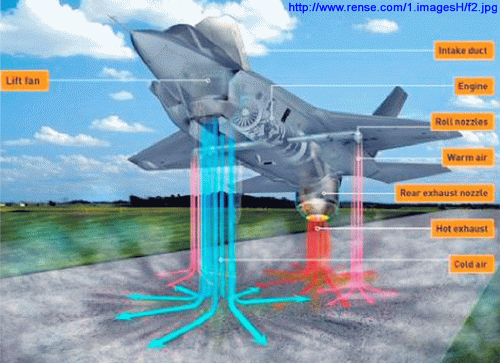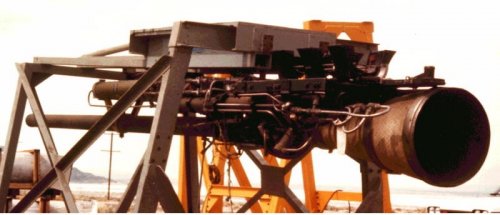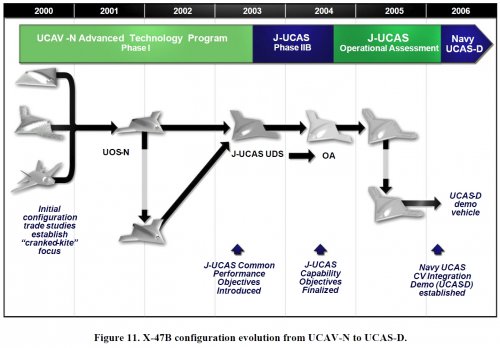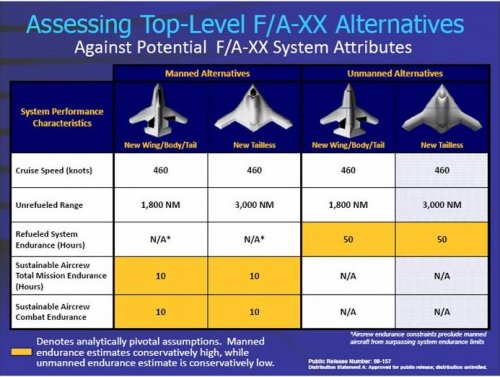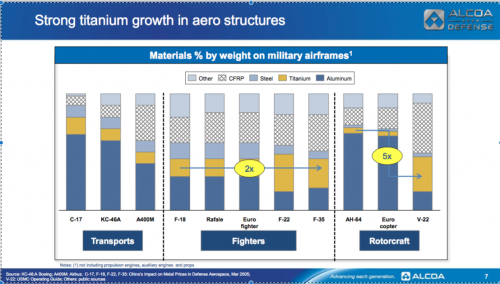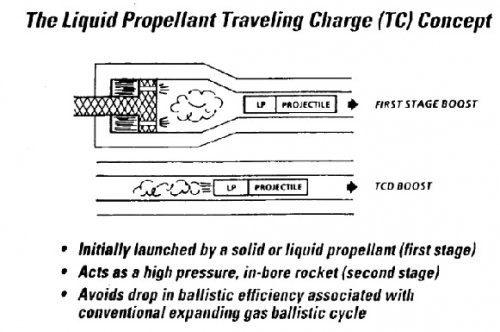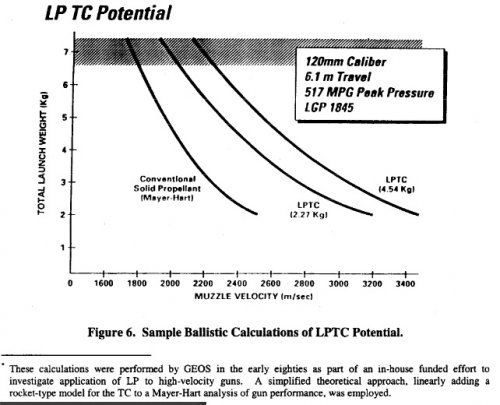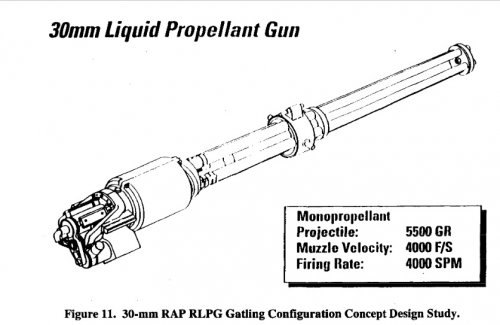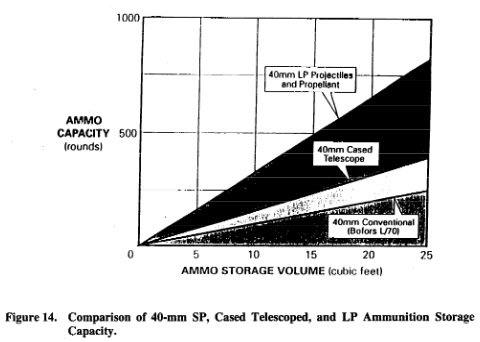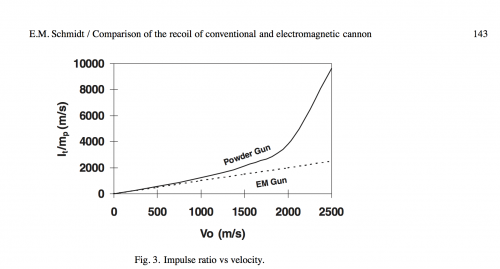- Joined
- 3 June 2011
- Messages
- 17,327
- Reaction score
- 9,052
DrRansom said:So they're going to put off designing another airframe because they can't achieve some arbitrary technological improvement? I agree with sferrin - the F-22 is too range limited and too internal space limited to be useful in the Pacific.
It would be much better to just build a 5+ gen F-23 copycat which has room for development.
FB-23 for the pacific.

